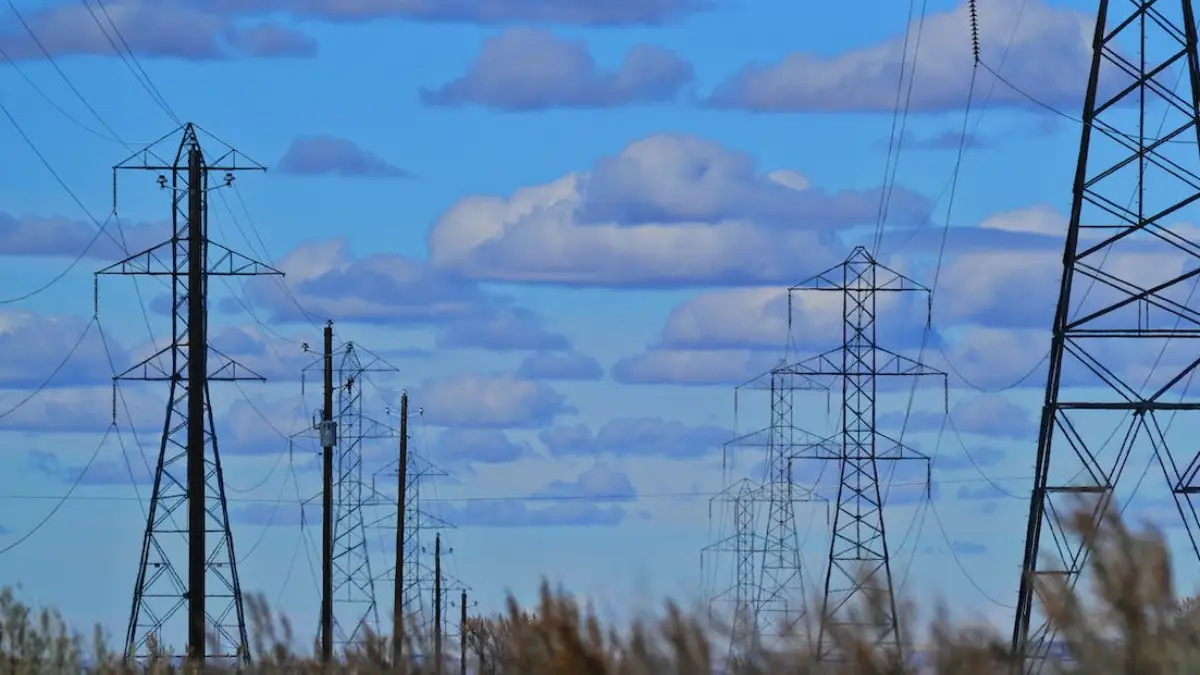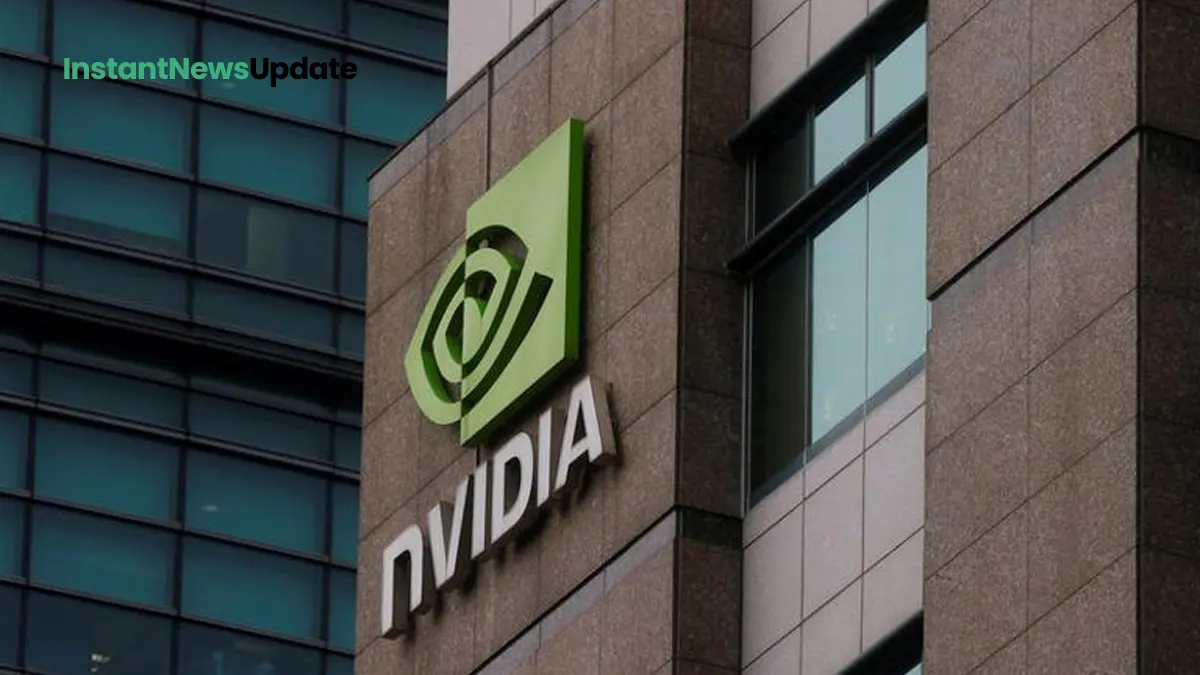Introduction
As the adoption of solar panels surges to combat rising energy costs, concerns about safety have emerged in tandem with this renewable energy trend. An investigation conducted by The Independent, based on data obtained through freedom of information laws, has revealed a significant increase in solar panel-related fires. In the last decade, the number of such fires has multiplied sixfold. This year alone, up until July, there have already been 66 reported fires, surpassing the total for the entire year of 2019.
Safety experts have expressed apprehension over the lack of regulations governing solar panel installations and have called for changes to address this growing issue. For homeowners who already have solar panels or are considering their installation, ensuring their safety is of paramount importance. Here are some crucial actions to assist you in doing that:
1. Choose a Registered Installer
Martyn Allen, a representative from the charity Electrical Safety First (ESF), advises homeowners to select a registered installer who has undergone assessments for solar installations. These installers are well-versed in the standards that solar products should adhere to, including BS EN 61730-1, BS EN 61215, BS EN 61646, and MCS 0065. Opting for a registered installer provides an added layer of safety assurance and recourse in case of unforeseen issues.
2. Use Certified Products
Ian Rippin, the CEO of the Microgeneration Certification Scheme (MCS), which certifies installers, emphasizes that their standards encompass not only the installation process but also the products used. A certified installation must exclusively utilize products that have been rigorously tested for safety and performance, meeting industry-established standards. Ensuring that your solar system comprises certified components installed by a certified contractor is essential for long-term safety and quality.
3. Consider a Micro-Inverter System
Captain Richard Birt, a former firefighter and founder of Solar And Fire Education (SAFE), recommends homeowners explore the option of retrofitting a micro-inverter system. These devices can be connected to solar panels to convert electrical output into a safer 230V AC voltage. While this may entail additional costs, it involves replacing the single-string inverter with micro-inverters, allowing homeowners to retain their existing panels and storage.
4. Regular Safety Testing
Gillian Perry, a major loss manager for the insurance firm Zurich, underscores the importance of regular safety testing for solar panels. Homeowners should be aware that solar panels are not a “fit-and-forget” technology. Periodic professional inspections are necessary, with a preference for the company responsible for the initial installation. Any recommended actions stemming from these inspections should be promptly undertaken to maintain system safety and efficiency.
5. Immediate Action for Problems
In case homeowners notice any irregularities such as overheating, the smell of burning, or unusual noises emanating from their solar panel installation, Martyn Allen advises immediate action. Isolate the power supply and contact the company that performed the installation for a swift and effective resolution.
Conclusion
As solar energy gains traction as a cost-effective and environmentally friendly power source, ensuring the safety of your solar panels becomes paramount. By taking the steps outlined above, homeowners can safeguard their investments and enjoy the benefits of renewable energy with peace of mind.









